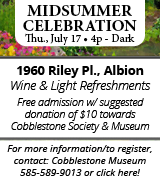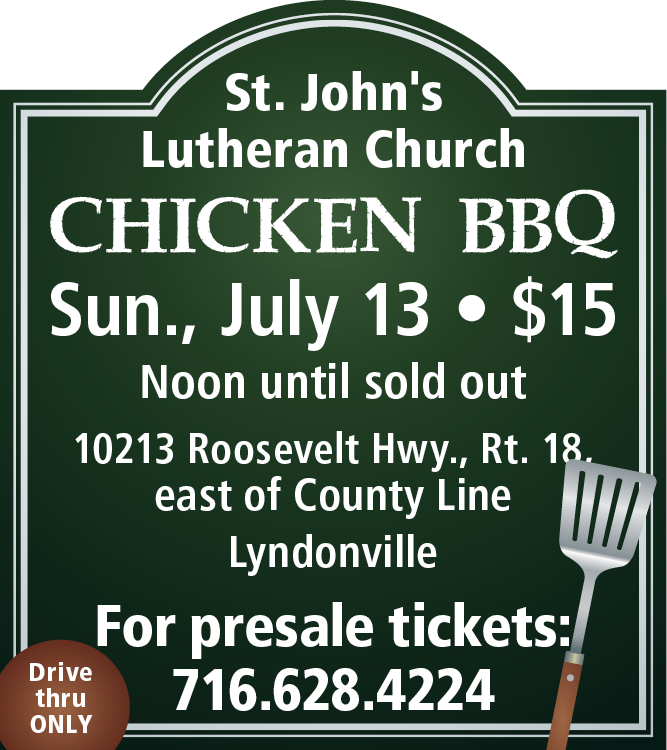Tulsa massacre in 1921 devastated Black community that built a thriving Middle Class
Editor:
The Hoag Library and Community Coalition for Justice last month reviewed “The Burning,” where in 1921 Tulsa 300-plus Blacks were killed and 1,130 houses, 12 churches, doctors’ and dentists’ offices and numerous businesses were burned to the ground. Blacks were executed in the streets, with one Black woman hung from a lamppost.
The ferocity of the dark of the night attack and its aftermath were incredible. (Denial, the lack of appearance in history books and even current electronic Tulsa history is shocking.)
The flip side: restraint of Tulsan Blacks.
Two times, caravans of cars full of many Black World War I veterans drove to the jail, where a Black man, accused of accosting a white women, was being held. One Tulsa newspaper had headlined “Lynching Tonight.” The black caravan leaders met with Sheriff McCullough, who assured there would be no lynching. They returned home.
As the white crowds and tumult at the jail grew, they went back a second time. A white man, incensed at a Black man having a gun, tried to wrestle it away. The gun went off, killing a white bystander. Both sides began firing, with some people killed. The Blacks, better armed and battle-ready by their WWI service, again, reassured by the Sheriff, returned to their neighborhood.
A white man was employed as projectionist in the Black movie theater. He got caught there as the whites massed into Greenwood at 5 a.m. At great risk to himself, a Black theater employee, drove this man to an area south of the attack, so he could safely get back to the his home in the white area
By midday, some Blacks had assembled in a new stone church and were defending themselves. But a white man came forward, waving a white “truce” flag. They ceased fire, and let him approach. He lit a kerosene fire bomb, threw it through a window, catching drapes and wood interior on fire. The Blacks fled and were fired upon.
By Christmas time, 7 months later, some Blacks had returned, and living in tents, began to rebuild. They gathered for a Christmas celebration. A Black minister climbed onto a truck. “Let us remember an old Negro tradition,” he preached. “There is no room in our hearts for hatred.”
Sheriff McCollough, who successfully prevented the lynching, was motivated by a personal incident 2 years before. A 19-year-old Black lad had been accused of accosting a white woman. McCullough questioned it. The Sheriff got to know the young man and believed he was innocent. He sadly presided over the public hanging.
The young lad asked to speak to the crowd. He cleared his throat and spoke in a loud voice, “Now I want to say that all people should tell the truth when they come to the courthouse. And I hope God Almighty blesses each and every one of you.”
For more on such incidents and business and government policies that restrain Black middle class, come Tuesday, March 28, at 6:30 p.m. to the Hoag Library to see the film, Against All Odds, The Fight for a Black Middle Class.
Bob Golden
Waterport





































































